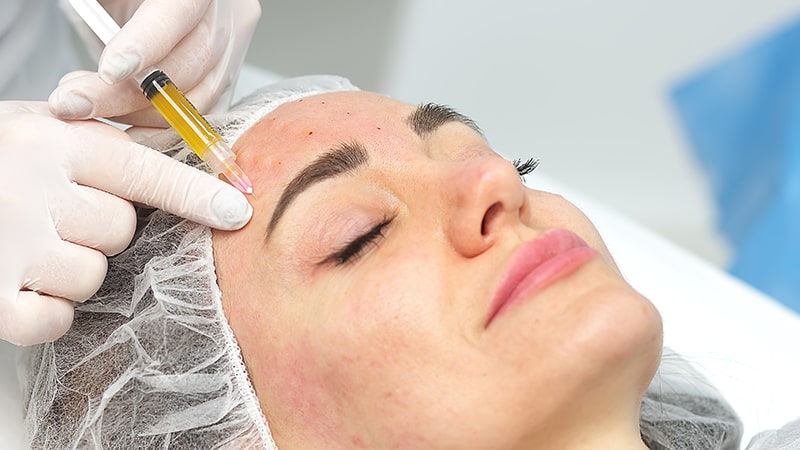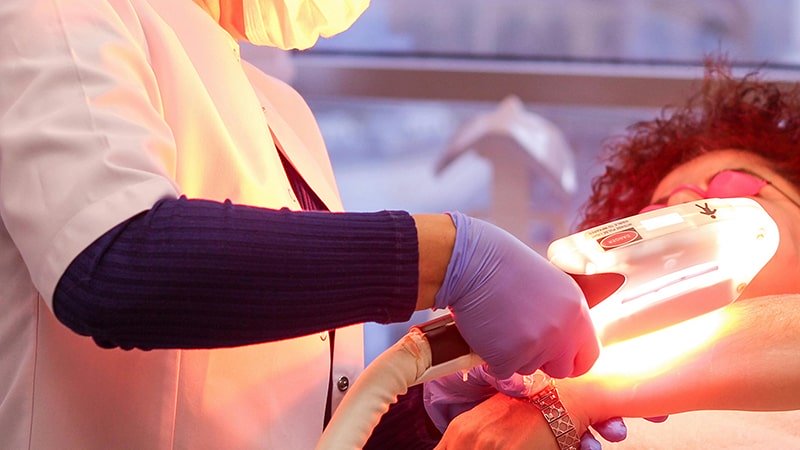Cellulite is a common and common concern. Both men and women want to avoid this aesthetic phenomenon that generates so many insecurities and can even affect the self-esteem of those who suffer from it.
Next, we will review what exactly cellulite is, how it is produced, the different types of cellulite that can occur and the most commonly used treatments to combat it.
What is cellulite?
Cellulite is an aesthetic alteration that affects the appearance of the skin, mainly in areas where adipose tissue accumulates, such as the thighs, buttocks and abdomen. It is characterized by dimpling, orange peel or mattress-like skin, and loss of uniformity of the skin surface.
What causes cellulite?
Cellulite is the result of the accumulation of subcutaneous adipose tissue and alterations in the connective tissue structure of the skin. Although the exact cause of cellulite has not been fully determined, it is believed that several factors contribute to its development:
- Hormonal imbalances
- Genetic predisposition
- Sedentary lifestyle
- Poor nutrition
- Changes in blood circulation
- Fluid retention.
Types of cellulite
There are different types of cellulite and we can classify them according to their appearance and location:
- Edematous cellulite: characterized by fluid retention and a feeling of heaviness in the legs. The skin takes on an inflamed appearance and swelling may be observed.
- Adipose cellulite: is caused by an increase in adipose tissue, which causes an accumulation of localized fat. The skin may look firm, but the characteristic dimpling is visible.
- Fibrous cellulite: occurs due to the formation of collagen fibers that surround the fat cells, generating an irregular skin appearance and increased rigidity. This form of cellulite is usually more difficult to treat.
Cellulite treatments
There are several treatments that can help reduce the appearance of cellulite and improve skin quality. Next, we will mention the non-invasive treatments that use advanced technology and finish with some of the most common methods that can be used as a complement.
Anti-cellulite appliances
The medical-aesthetic industry has developed a variety of non-invasive treatments using technologies such as radiofrequency, ultrasonic cavitation and electroporation. These procedures work on different layers of the skin to stimulate collagen production, break down fat cells and improve skin texture.
It should be added that the combination of some of them will give better results than the use of a single treatment against cellulite.
Radiofrequency
Radiofrequency uses electromagnetic energy to heat the deeper layers of the skin. This stimulates the production of collagen and elastin, resulting in firmer skin and a reduction in the appearance of cellulite. In addition, radiofrequency can help break down fat cells and improve blood circulation in the treated area.
Transdermal electroporation
Transdermal electroporation, also known as virtual mesotherapy, is a procedure that uses low-intensity electromagnetic waves to temporarily open the skin pores and facilitate the introduction of active ingredients into the deeper layers.
The key to the results of cellulite electroporation is the active ingredient used. By enabling the delivery of specific active ingredients through the skin, it can help improve blood circulation, to stimulate the production of collagen and elastin, and promote the elimination of fat and toxins, this can lead to a reduction in the appearance of cellulite and an improvement in skin texture and firmness.
Ultrasonic cavitation
This technique uses high-frequency sound waves to create microbubbles in the adipose tissue, breaking down fat cells. Subsequently, the body naturally eliminates fat residues through the lymphatic and urinary systems. Ultrasonic cavitation can help reduce fat volume and improve the appearance of cellulite.
HIFU
This technology uses high-frequency ultrasonic waves to generate heat in the deeper layers of the skin. The resulting heat stimulates the production of collagen and elastin, improving skin firmness and texture. HIFU can also help break down fat cells and reduce the appearance of cellulite.
Low intensity laser
The low energy laser is used to stimulate collagen production and improve the appearance of skin affected by cellulite. The laser penetrates the superficial layers of the skin without damaging the epidermis, promoting cell regeneration and improving skin elasticity.
As for the results and suitability of these treatments, keep in mind that these may vary depending on the person and the type of cellulite. The effectiveness of these treatments will also vary depending on the individual’s lifestyle and skin care.
In any case, before trying any treatment, it is advisable to consult a professional to determine, according to your needs and characteristics, the most suitable treatment.
Anti-cellulite cosmetics
Topical application of specific products can help hydrate and tone the skin, improving its appearance. These creams usually contain ingredients such as caffeine, retinol and antioxidants.
We can also include in this section, transdermal patches, which use active ingredients that are absorbed through the skin and target the subcutaneous layers to address the appearance of cellulite. They usually contain firming and stimulating ingredients such as caffeine, seaweed extract, retinol, carnitine, among others.
Manual therapies
Specialized massages, such as lymphatic drainage and deep tissue therapy, can improve circulation, reduce fluid retention and smooth the appearance of cellulite. These techniques help break down fat deposits and stimulate lymphatic drainage to eliminate toxins.
Prevention of the appearance of cellulite
Adopting a healthy lifestyle is essential to fight cellulite. Maintaining a balanced diet, rich in fruits, vegetables and lean proteins, as well as regular exercise, helps to reduce fat accumulation and improve blood circulation.
Hydration is also essential to maintain healthy skin and promote the elimination of toxins. Proper hydration can improve the appearance of the skin and reduce fluid retention.
In summary, medical-aesthetic appliances can help reduce cellulite, but if these treatments are not accompanied by a healthy lifestyle, the results will be ineffective or short-lived.






